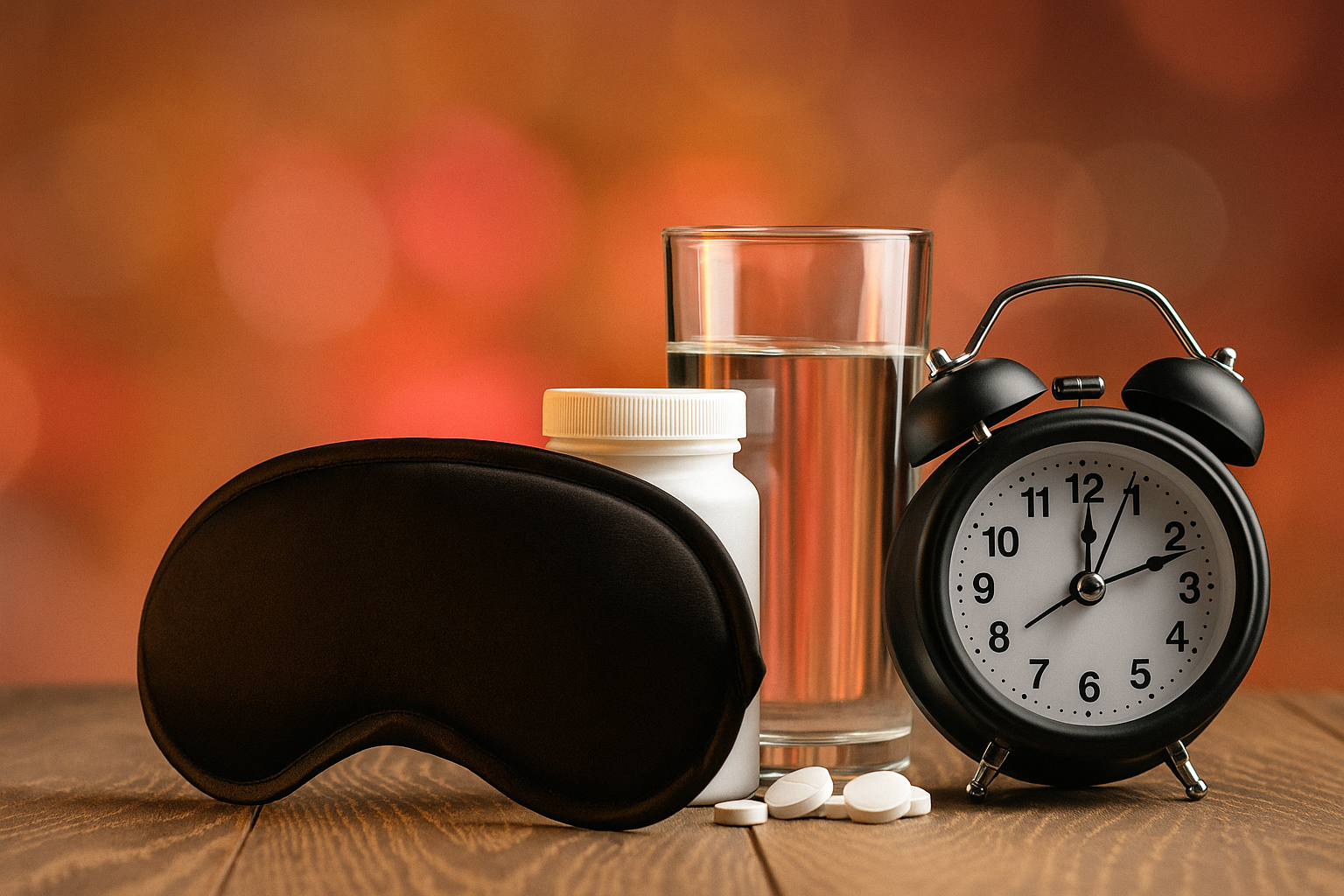Why Winter Impacts Mood, Energy, and Sleep
As winter sets in, the days become shorter, sunlight diminishes, and many individuals experience noticeable changes in mood, energy, and sleep patterns. This seasonal shift is often referred to as the winter blues, a temporary dip in motivation and emotional well-being that coincides with reduced daylight.
In some cases, these symptoms can intensify and develop into Seasonal Affective Disorder (SAD), a type of depression associated with seasonal changes in light exposure. SAD can affect emotional stability, concentration, and daily functioning, typically peaking during the darker months of the year.
Understanding the biological reasons behind these changes helps explain why winter has such a significant impact on overall well-being:
- Mood Regulation: Exposure to sunlight plays a key role in maintaining serotonin levels, a neurotransmitter that supports feelings of happiness and emotional balance. Reduced daylight can lower serotonin production, contributing to low mood, irritability, or sadness.
- Energy Levels: Limited sunlight exposure can increase melatonin production, the hormone responsible for signaling sleep. Elevated melatonin levels during the day may result in fatigue, lethargy, and decreased motivation.
- Sleep Patterns: The body’s circadian rhythm (or internal clock) depends on natural light cues to remain synchronized. Winter’s delayed sunrises and early sunsets can disrupt this rhythm, leading to difficulties falling asleep, oversleeping, or experiencing morning grogginess.
These effects are not merely psychological, they represent a biological response to decreased light exposure. Recognizing this connection is the first step toward managing seasonal changes and maintaining overall mental and physical health.
This is not “just in your head”, the effects are a biological response to less light.
The Science of Light Therapy for Winter Blues

Light therapy has been extensively studied as a safe and effective treatment for SAD and winter blues. It works by mimicking the effects of natural sunlight and providing the brain with the light signals it’s missing.
How it helps:
- Resets circadian rhythms → restores regular sleep-wake cycles.
- Boosts serotonin → lifts mood and motivation.
- Regulates melatonin → reduces daytime sleepiness.
Scientific Evidence:
- A landmark study published in the Archives of General Psychiatry (1984, Rosenthal et al.) first described SAD and showed that bright light exposure significantly reduced symptoms. (https://pubmed.ncbi.nlm.nih.gov/6581756/)
- A meta-analysis in The American Journal of Psychiatry (Golden et al., 2005) confirmed that light therapy is as effective as antidepressants for treating SAD in many patients. (https://psychiatryonline.org/doi/full/10.1176/appi.ajp.162.4.656)
- Current clinical guidelines (such as from the American Psychiatric Association) recommend 30 minutes of daily bright light therapy as a first-line treatment for SAD.
This makes light therapy one of the most well-researched, non-drug treatments for winter-related mood and sleep disturbances.
Why retimer 3 is the Smarter Choice

Traditionally, light therapy involved sitting in front of a large, stationary light box every morning for 20–30 minutes. While effective, it ties you down and can be hard to keep up with consistently.
retimer 3 innovates light therapy by making it wearable and portable:
- Effortless Integration: Worn like glasses, it allows therapy to integrate seamlessly into your routine and make the most of the day.
- Scientifically Validated: Backed by 25+ years of research at Flinders University (Australia), and developed by Professor Leon Lack, a globally recognized sleep and circadian rhythm expert.
- Clinically Effective Wavelengths: Emits blue-green light at the precise intensity and spectrum shown to regulate circadian rhythms and alleviate SAD symptoms.
- Comfort & Safety: Unlike some light boxes, the design avoids glare and distributes light evenly, ensuring safe daily use.
- Portable & Convenient: Compact, rechargeable, and portable, for mobility.
In short, retimer 3 offers the benefits of light boxes without the bulk or inconvenience.
Practical Tips for Using Light Therapy in Winter
To maximize the benefits of retimer 3 and beat the winter blues:
- Use it in the morning: Wear retimer 3 for 20–30 minutes soon after waking to give your body the light cue it’s missing.
- Stay consistent: Daily use yields the best results, especially during the darkest months.
- Get outside when possible: Natural daylight, even on cloudy days, reinforces circadian alignment.
- Support with lifestyle habits: Exercise, good sleep hygiene, and limiting caffeine late in the day all boost the effects of light therapy.
- Be patient: Many people notice improvements in mood and energy within 1–2 weeks of consistent use.
The winter blues don’t have to control your season. With retimer 3, you can bring the science of light therapy into your daily routine in a way that’s convenient, portable, and backed by decades of research.
Take charge of your winter well-being. Try retimer 3 and make the darker months brighter, more energized, and more balanced.
Frequently Asked Questions (FAQ)
1.How quickly does light therapy work?
Most people start noticing improvements in mood, energy, and sleep within 1–2 weeks of daily use. Some even feel a difference after just a few sessions.
2. How long should I use retimer 3 each day?
For winter blues, 20–30 minutes each morning is typically recommended. Consistency is key for best results.
3. Is retimer 3 safe to use every day?
Yes. retimer 3 has been tested extensively and is designed for daily use. Its blue-green light is delivered at a safe intensity that avoids eye strain and discomfort.
4. Can I replace outdoor sunlight with retimer?
retimer is designed to supplement reduced winter daylight. While it can’t replace all the benefits of being outdoors, it gives your body the precise light signals it needs when natural sunlight is limited.
5. How is retimer different from a light therapy box?
Unlike bulky light boxes that keep you sitting still, retimer 3 is wearable and portable. You can move around, prepare breakfast, or work at your desk while getting your light therapy—making it easier to stick with.
6. Do I need a prescription to use retimer 3?
No. retimer 3 is available without a prescription and can be safely used at home. However, if you have a diagnosed eye condition or other medical concerns, it’s a good idea to consult your healthcare provider first.
 in Japan
in Japan





